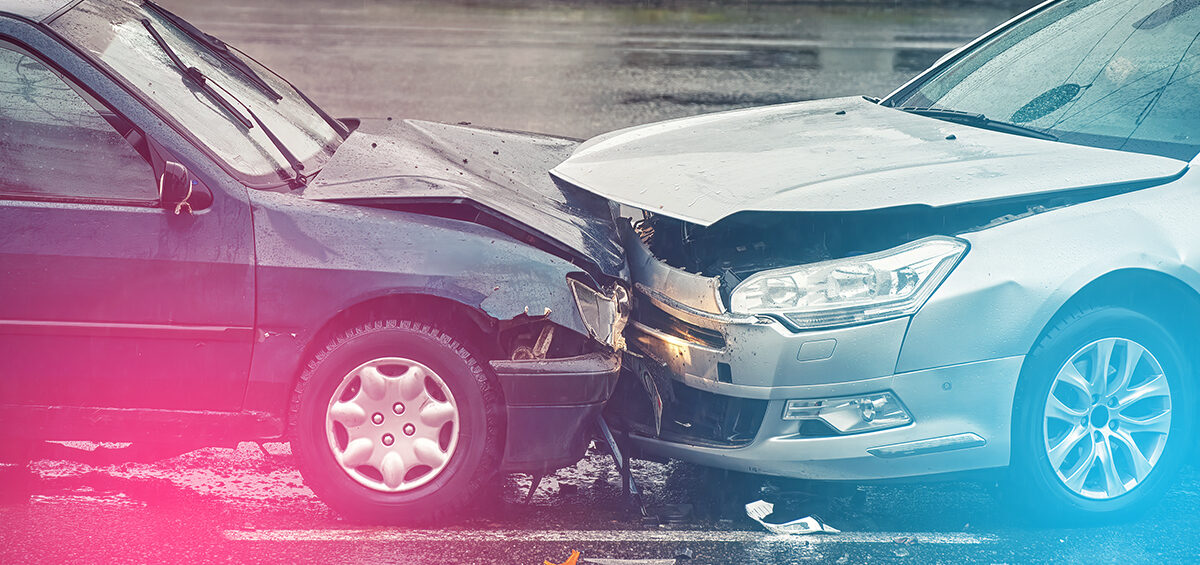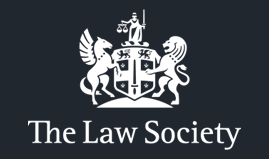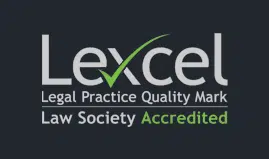Car accidents are an unfortunate and common on the roads, often resulting in significant physical, emotional, and financial hardship. In the year ending June 2024, reported road collisions in Great Britain led to an estimated 1,607 fatalities.
One of the most pressing questions for those involved in a car accident is, “Who will pay for my personal injury claim?” Understanding who bears the financial responsibility for compensating the injured party can be complicated, depending on the specific circumstances of the accident, the insurance policies involved, and the actions of the drivers.
This article will break down the different parties involved in a car accident and explain who is responsible for paying personal injury claims in various scenarios.
What is a Personal Injury Claim and What Does It Cover?
Before we look at who is responsible for paying personal injury claims, we need to understand what a personal injury claim involves. A personal injury claim is a formal request for compensation made by an injured party following an accident. In the context of a car accident, this typically covers medical bills, lost earnings, emotional distress, damage to your vehicle, and other out-of-pocket expenses.
When a driver, passenger, or pedestrian sustains injuries in a car accident, they can file a claim against the person or entity responsible for causing the accident. This process is often complicated by issues related to a fault, the type of insurance coverage held, and how the involved insurance companies assess and settle claims.
Who Pays for the Personal Injury Claim in a Car Accident?
The party responsible for paying a personal injury claim following a car accident is typically determined by who is at fault for the accident and the type of insurance policy the at-fault party holds. The main parties involved in covering the cost of personal injury claims include the at-fault driver’s insurance company, the injured party’s insurance provider, and in some cases, the government or third-party organisations. Let’s look at the most common scenarios:
1. The At-Fault Driver’s Insurance Company
In most car accident cases, the insurance company of the driver found at fault is responsible for paying the claim. This usually covers medical bills, damage to property, and other losses suffered by the injured person.
In the UK, all drivers must have car insurance—at a minimum, third-party cover. This covers injury or damage to others but doesn’t protect the driver themselves. Comprehensive policies can offer more protection, including for the policyholder’s own injuries and vehicle repairs.
If the at-fault driver has a more comprehensive insurance policy, it may include additional coverage that pays for the policyholder’s injuries or damages as well. If the driver is deemed fully or partially at fault for the accident, their insurance will cover the claim to the extent of the policy’s coverage limits.
Example: If Driver A runs a red light and collides with Driver B, causing Driver B to sustain a broken leg, Driver A’s insurance company will cover Driver B’s medical bills and other related costs, provided Driver A is found to be at fault.
2. No-Fault Insurance Policies
In some countries, such as certain states in the US, a ‘no-fault’ insurance system applies. This means each person’s insurance pays for their own injuries, no matter who caused the accident. These systems aim to make the claims process quicker and reduce disputes about fault.
In the UK, no-fault policies aren’t standard, but it’s helpful to understand how they work in other places.
Example: In a no-fault system, both Driver A and Driver B would claim through their insurers for medical bills and related losses, even if one of them caused the crash.
3. Uninsured or Underinsured Drivers
Things can become more stressful if the at-fault driver doesn’t have insurance or their coverage isn’t enough to pay for the injuries caused. In these cases, the injured person may need to look at other options.
If you’re in this situation, you may:
- Claim through your own insurer (if your policy includes uninsured driver protection), or
- Apply to the Motor Insurers’ Bureau (MIB)—a UK organisation that helps victims of uninsured or untraced drivers.
Example: If Driver A is hit by an uninsured Driver B, Driver A can apply to the MIB to cover their medical costs and other expenses.
4. Personal Injury Protection (PIP) Insurance
In countries with no-fault systems, some insurers offer Personal Injury Protection (PIP) cover. This pays out for things like medical bills and lost income, regardless of who caused the crash.
PIP cover is not usually included in UK car insurance policies, but some drivers may have private health cover or other protections through work.
Example: If someone has PIP and gets injured, their insurer will help cover the costs of treatment and time off work, even if they caused the accident.
5. The At-Fault Driver’s Own Insurance
If a driver causes a crash and also gets injured, their own insurance may help with their costs, but only if they’ve taken out a more comprehensive policy.
Example: If Driver A crashes into a tree and is hurt, their insurer may pay for treatment. If another driver was also hurt, that person could claim against Driver A’s insurance through liability coverage.
Get Expert Legal Guidance for Your Car Accident Injury Claim
If you’ve been injured in a car accident and you’re not sure who should be paying for your recovery, you don’t have to figure it out alone.
At CEL Solicitors, we’re here to guide you. Whether the situation involves uninsured drivers, confusing insurance policies, or a dispute over fault, our experienced legal team is ready to help you understand your options—and fight for the compensation you deserve.
We know how stressful this time can be. Let us take the pressure off. Enquire online today or call us on 0330 822 3757













